Premium Only Content
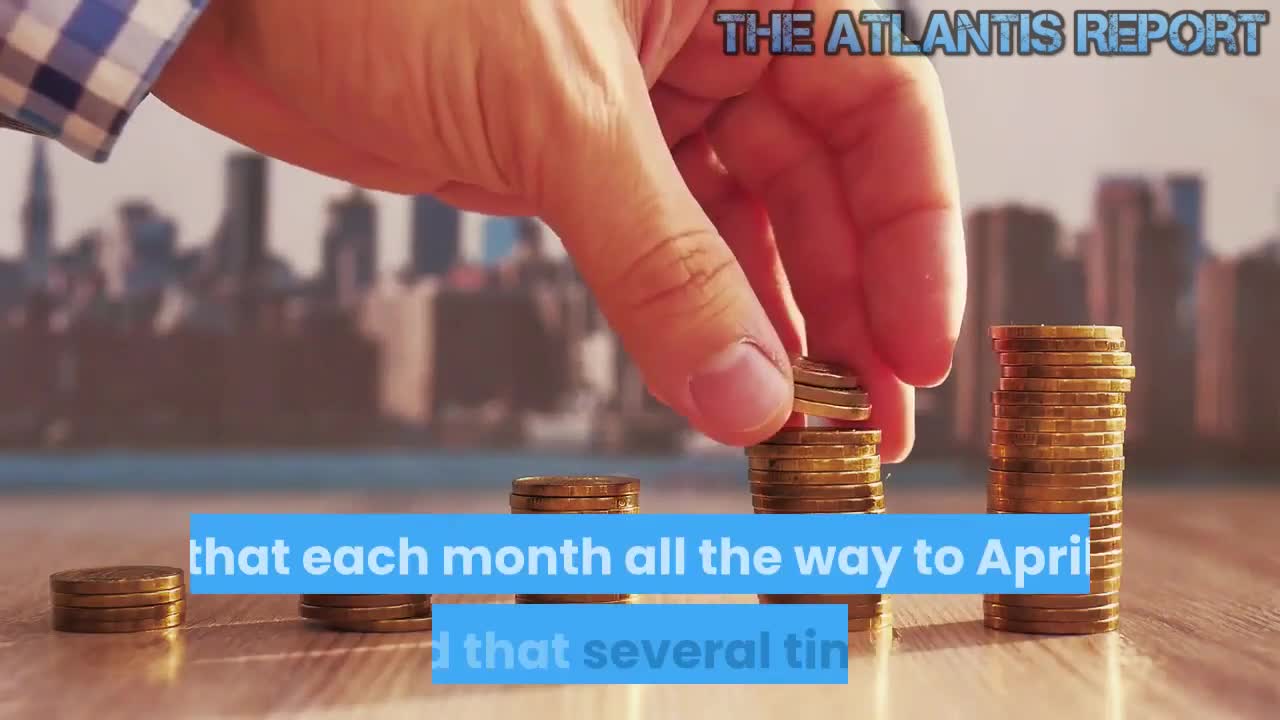
We Are about to Hit The Motherlode of Mass Layoffs
The Federal Reserve System has taken the most extraordinary actions in its 102-year history since the 2007 - 2009 Great Recession, maintaining a key interest rate near zero-percent for seven years while creating $3.6 trillion in bank reserves. This initiative, dubbed Quantitative Easing or QE, has become the most important Fed policy of our generation. Quantitative Easing is largely responsible for the dramatic increase in stock prices since the Great Recession. The US and other nations have become addicted to QE as they attempt to avoid another drastic fall inequities. Welcome to The Atlantis Report. This idea, known as QE for People, is gaining support among economists. QE for People would do much more to sustainably boost the productive economy, reduce inequality instead of increasing it, and provide us with the investment we need. People's Quantitative Easing is a policy that was first proposed by the socialist Jeremy Corbyn. The idea is that the Bank of England should create money to fund government investment. The idea has been highly criticized, and some called it "economically illiterate". The idea has been used on Bernie Sanders's website and endorsed by Yanis Varoufakis. In the UK, the Labour Party has proposed a “People’s QE,” whereby the central bank would print money to finance direct fiscal transfers to households – rather than to bankers and investors.' There's a world of difference between, on the one hand, 'printing' money and giving it to households, and, on the other hand, using it to finance investment, especially in public infrastructure. With the latter, if there is a crash, at least we emerge from it with a more solid basis for sustainable recovery and growth. We might do a little damage, but at least we have something to show for it - unlike the current, failed, vogue for Quantitative Easing. The case for a National Investment Bank is unanswerable. In the wake of the 2008 financial crisis, central banks created trillions of dollars of new money, and poured it into financial markets. Central banks have become the go-to institution of modern economies.
-
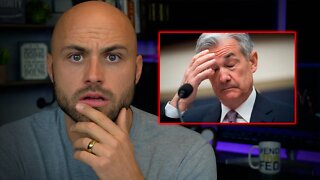 9:38
9:38
Heresy Financial
2 years ago11% Inflation is About to Cause MASS Layoffs
149 -
 16:08
16:08
J Bravo
2 years ago🔥CRASHES🚨 Mass Layoffs Begin…
-
 31:30
31:30
Discover Crypto
2 years agoMASS LAYOFFS At OpenSea!! (Is USDC In Trouble??)
21 -
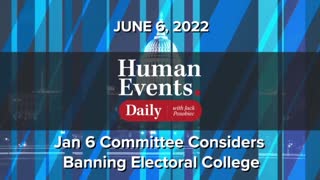 1:59
1:59
The Post Millennial Live
2 years agoJack Posobiec talks about the mass shooting in Philadelphia
37.8K -
 53:15
53:15
Kimberly Guilfoyle
3 hours agoCalifornia Residents Demand Answers, Live with Rep Vince Fong, Mike Davis, and Paul Peterson | Ep. 188
20.5K36 -
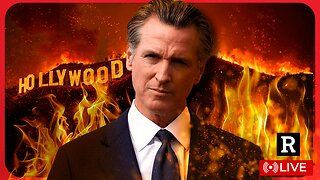 1:49:51
1:49:51
Redacted News
3 hours agoEMERGENCY! 10 MILLION UNDER FIRE WARNING & 100 MPH WINDS, NEWSOM UNVEILS CALIFORNIA 2.0 PLAN
71.3K95 -
 49:33
49:33
Candace Show Podcast
2 hours agoI Respond To Mr. And Mr. Macron | Candace Ep 131
48.6K117 -
 1:58:04
1:58:04
Revenge of the Cis
4 hours agoEpisode 1429: Catch And Release
15.4K1 -
 2:00:01
2:00:01
Film Threat
8 hours agoVERSUS: HOLLYWOOD IS STILL ON FIRE | Film Threat Versus
7.26K -
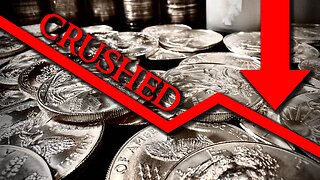 12:33
12:33
Silver Dragons
3 hours agoSilver Price Crushed Today - NEW TREND STARTING?
7.47K